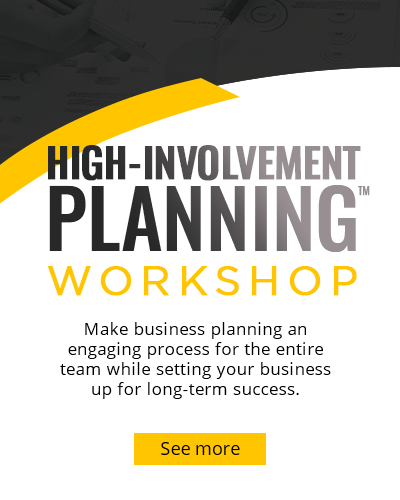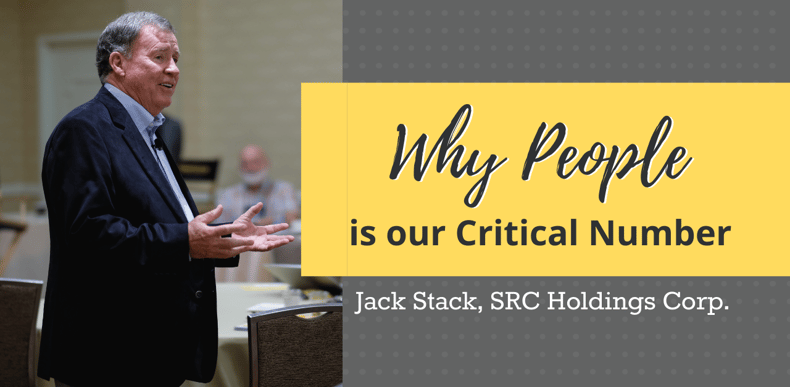
I might have raised a few eyebrows this past September when I gave my speech at the 26th Gathering of Games in Dallas.
I talked about how we were now fighting a war for talent and that, thanks to retiring Baby Boomers and a hot economy, we now face a critical shortage of people. Without people, we will not be able to keep growing the business by taking advantage of the opportunities ahead of us. It’s our belief that by the year 2020, the companies with the best people will dominate their markets.
In my speech, I explained that the Critical Number™ for our business for 2019 was going to be “people.” I thought that some members of the audience started to think they were at the wrong conference. (Was this some kind of HR seminar?)
I tried to explain the irony of how, when we started our company, our number one priority was to protect people’s jobs. Now, 35 years later, we are struggling to find enough people to sustain the business over the long term. As a result, I explained how we have kicked off all kinds of new programs to both recruit new employees and also better retain the ones we already have.
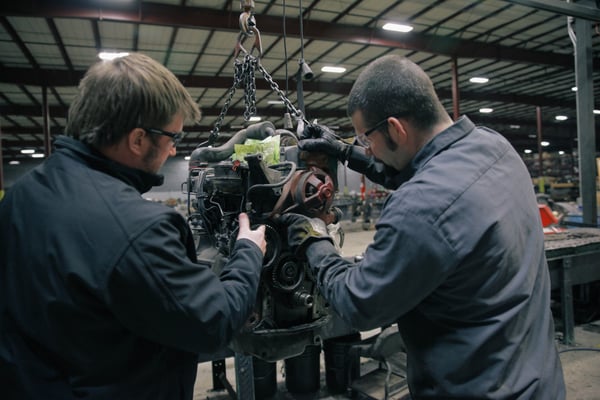
I got the sense that the audience must have been wondering why I was talking about people and not about making money, growing the value of the business, or even when we might be forecasting the next recession. Those are the really integral numbers of business, right?
While profits and the value of our business are obviously important, they’re not always the leading indicator of what we want everyone inside our business to rally around in the coming year. Rather, we want them focused on our biggest weakness—the one thing we fear the most that could sink the company or take it away from us if we don’t address it. That’s what the Critical Number is all about.
When most companies start playing the Great Game of Business, their Critical Number tends to be profit or cash flow. That makes sense. If you aren’t earning a profit and generating cash, your business isn’t going to be around for long.
However, I think that some people miss the point that your Critical Number needs to change over time, potentially every year, based on the current challenges facing the business. Businesses face new challenges each year. And for the next year, ours is finding and keeping people.

We’ve had dozens of Critical Numbers over the past 35 years. Our very first one was servicing the debt we had taken on when we bought our company. An 89-to-1 debt-to-equity ratio is a scary place to be. A single missed payment would have sunk the company—which is why we needed to have every single one of our associates focused on paying down that debt by treating every dollar we made as sacred.
Another aspect of focusing on a Critical Number is that when you have the courage to face your biggest weakness, as well as the tenacity to shred it apart and really understand it, you can find solutions to eliminate that threat—for years into the future.
A great example from more than 20 years ago concentrated on our annual worker’s compensation insurance payments. Simply put, they were out of control. They were growing like crazy. We were paying something like $250,000 a year, which was an enormous amount of money for our growing business at that time. Worker’s comp is like a self-funded insurance policy. You pay into the fund based on the frequency of on-the-job incidents you have, the severity of those incidents, and lost time on the job. The fewer incidents like these you have, the less you have to pay into the fund. We recognized that if we didn’t get those costs under control (and get our people to work safer), it might sink the business.
We made worker’s comp our Critical Number that year. By doing that, we got all our associates to understand that this wasn’t just some random number on our general ledger that didn’t involve them. It also wasn’t something that involved some outside insurance company that would just pick up the tab if they did get hurt.
People do not realize that worker’s comp affects them. They do not make the connection on their own.
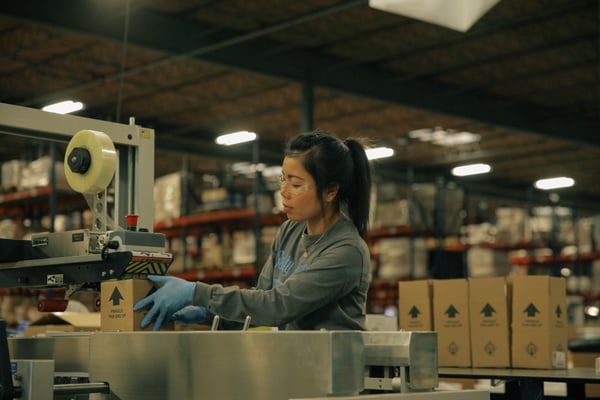
We needed to connect the dots for them that having a safe workplace would not only prevent injuries, it would mean more money in their pockets. We helped people realize that if they got hurt on the weekend playing in a softball game, but waited until they got into work on Monday to claim they had an industrial accident, there was a real impact on that decision.
We even elected to enter the Voluntary Protection Program, or VPP, designed by OSHA, which would help us create a safer work environment. Some people thought we were crazy inviting the government into our factories. As an incentive, we also agreed to split any savings we generated in workers’ comp cost with our associates.
The results were mind-blowing. Within a year, we had cut our workers’ comp payments from $250,000 to $68,000. We celebrated that victory by having a two-day event filled with music and big-ticket prizes like flat-screen TVs. But the best part is that the changes stuck.
We have saved millions of dollars of our associate’s money over the years since we tackled that Critical Number head on. Perhaps more importantly, we created real sustainable change as well. As I was writing this, I was on my way to hand an award to one of our companies because they’ve gone 25 years without a lost-time accident on the shop floor. Safety is always at the top of mind in all our plants. That’s why our workers’ comp payment today averages around one-fifth of what similar companies in our industry pay—a difference that adds up to hundreds of thousands of dollars a year. Our insurance company told us that we rank in the top 10 percent of safety performance in the nation.
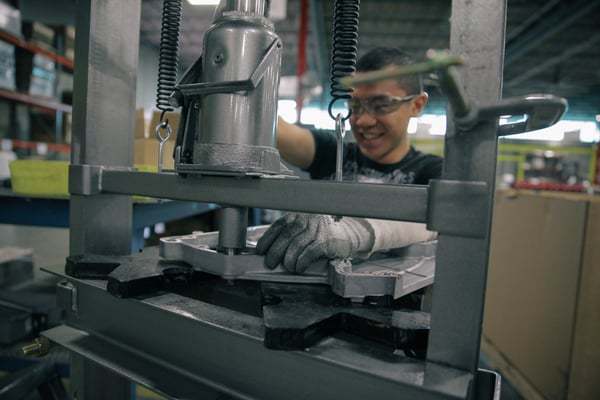
In other words, we took what was once the critical weakness in our business and turned it into a strength—and we’re continually getting better at it. Once you fix a Critical Number, you fix it for a long time.
As we look at the year ahead, we’re putting the changes in place to tackle our newest Critical Number—people—in ways that will also turn that weakness into a strength. When the war for talent really begins to rage in 2020, we’ll be ready to dominate—even as we refocus on our next big weakness.
That’s the power of the Critical Number.
Other articles you might like:
- 3 Tips to Create a Winning Talent Strategy
-
People+People: How to Build a Brand That People Want to Work With and For
- Closing the Talent Gap at Hutton & Co
.png)



.jpg)




.png)




-5.png)
